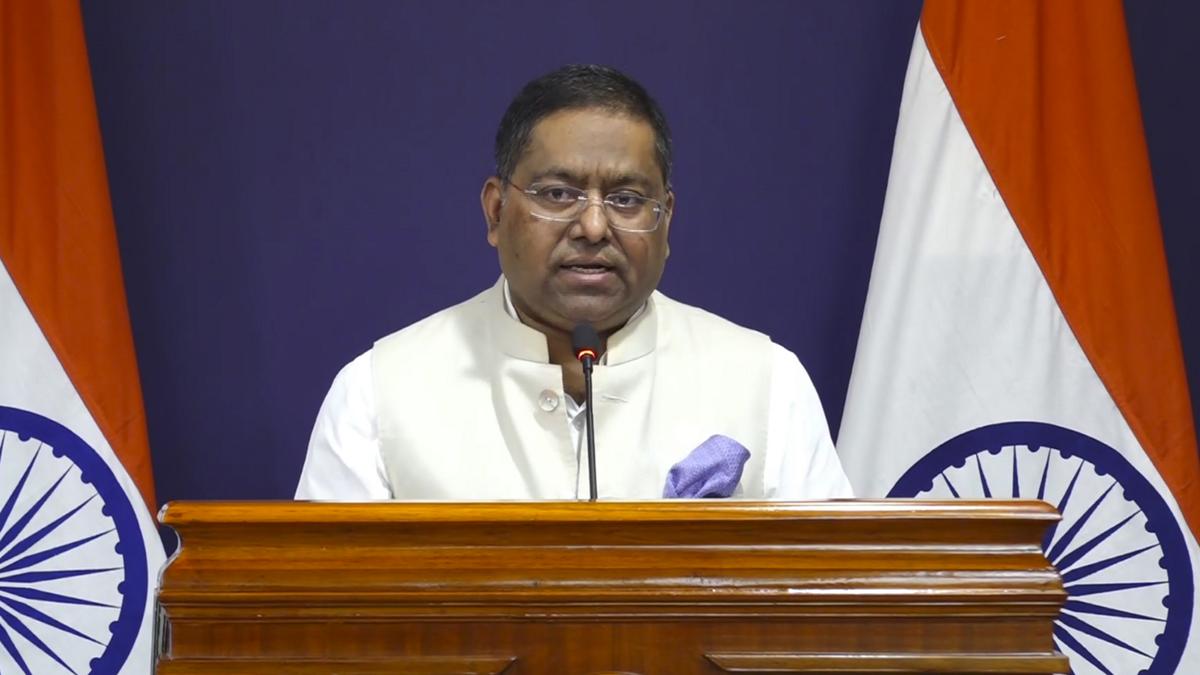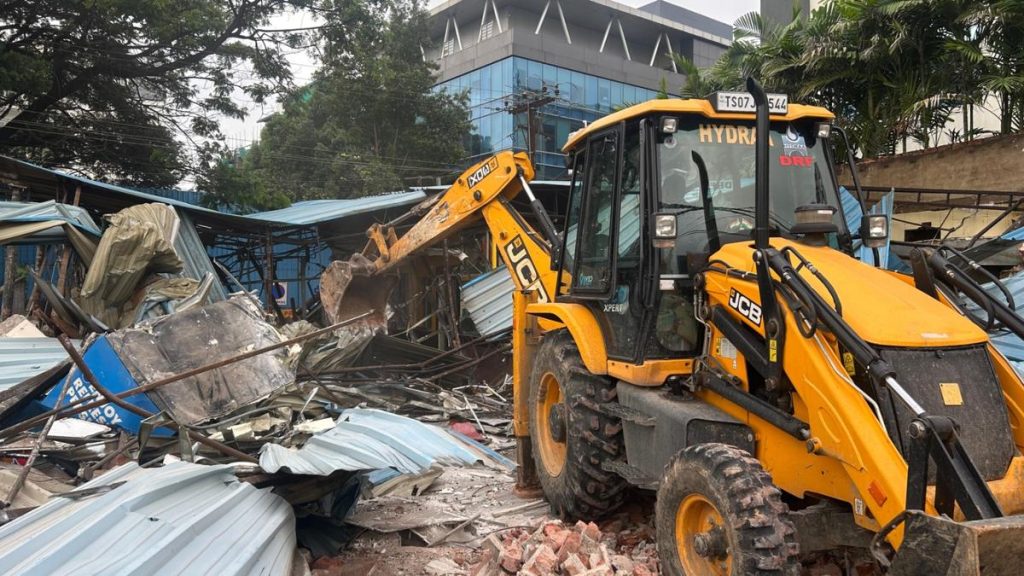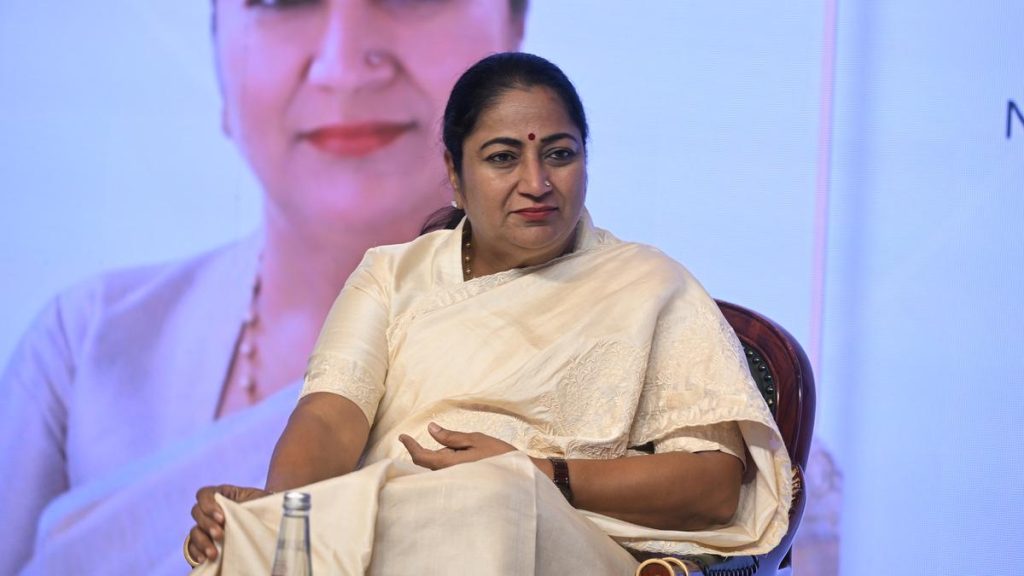Now Reading: India Dismisses Nepal’s Lipulekh Claims Amid Resumed Trade with China
-
01
India Dismisses Nepal’s Lipulekh Claims Amid Resumed Trade with China
India Dismisses Nepal’s Lipulekh Claims Amid Resumed Trade with China

Quick Summary
- On August 20, 2025, India rejected Nepal’s objection to resuming India-China border trade through Lipulekh Pass in Uttarakhand.
- Ministry of External Affairs spokesperson Randhir Jaiswal stated that Nepal’s territorial claims are “not justified nor based on historical facts.”
- Border trade through Lipulekh began in 1954 but faced disruptions in recent years due to COVID and other developments; its resumption was agreed upon by India and China.
- Nepal raised concerns regarding the inclusion of Limpiyadhura, Lipulekh, and Kalapani as part of its official map within its constitution.
- The resumption declaration came during Chinese Foreign Minister Wang Yi’s visit to India on August 19, while India’s Foreign Secretary Vikram Misri also met with Nepali officials earlier this week (August 17-18).
- Both nations affirmed intentions toward dialog for resolving outstanding boundary issues.
indian opinion Analysis
The renewed tensions between India and Nepal over territorial disputes highlight longstanding complexities surrounding border delineations.While India’s assertion that Nepal’s claims lack historical basis reflects a firm stance rooted in decades-old arrangements about border usage-including one dating back to a treaty from the mid-20th century-Nepal’s constitutional codification intensifies perception gaps.
This advancement occurs amidst broader regional dynamics: India’s improving rapport with China via logistical agreements contrasts with potential strain over issues critical to Indo-Nepal relations. However, public statements by Indian officials expressing openness for further dialogue underscore New Delhi’s preference for diplomatic resolutions.
The case underscores how intersecting geopolitical strategies can affect bilateral ties even amid separate multilateral discussions. Maintaining clarity around mutual boundary dialogues while balancing engagements with third-party nations remains vital for fostering lasting peace within South Asia. Dialogue opportunities-such as PM Oli’s planned visit-could be pivotal moving forward.
Read more: India-China-Lipulekh Border Trade Resumes Amid Dispute























